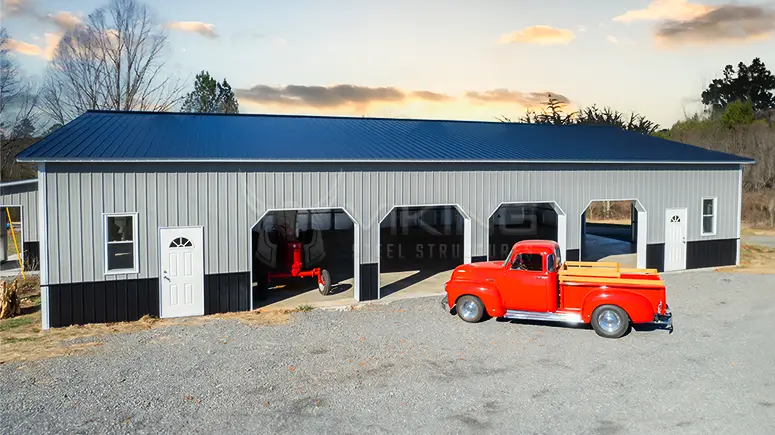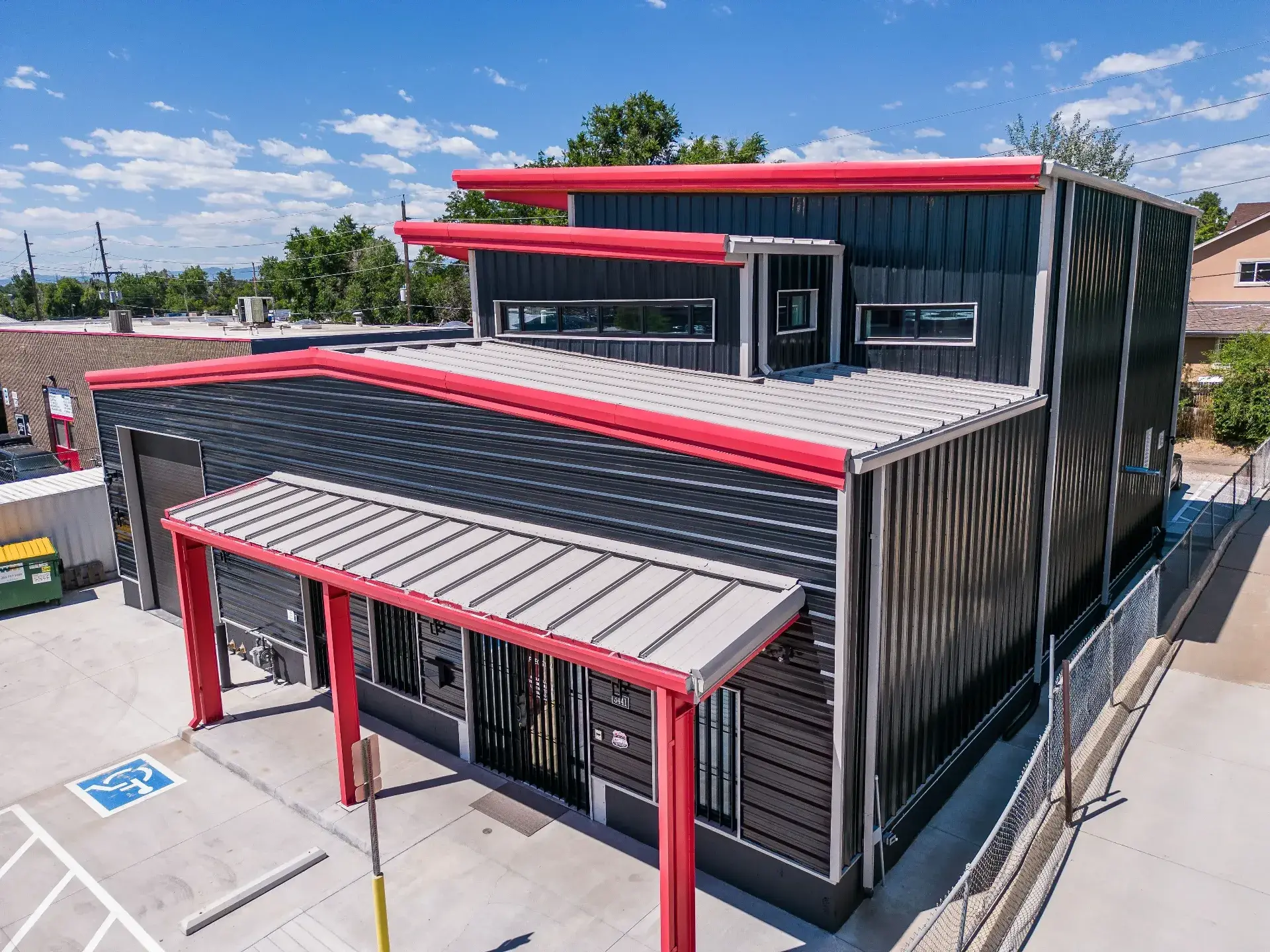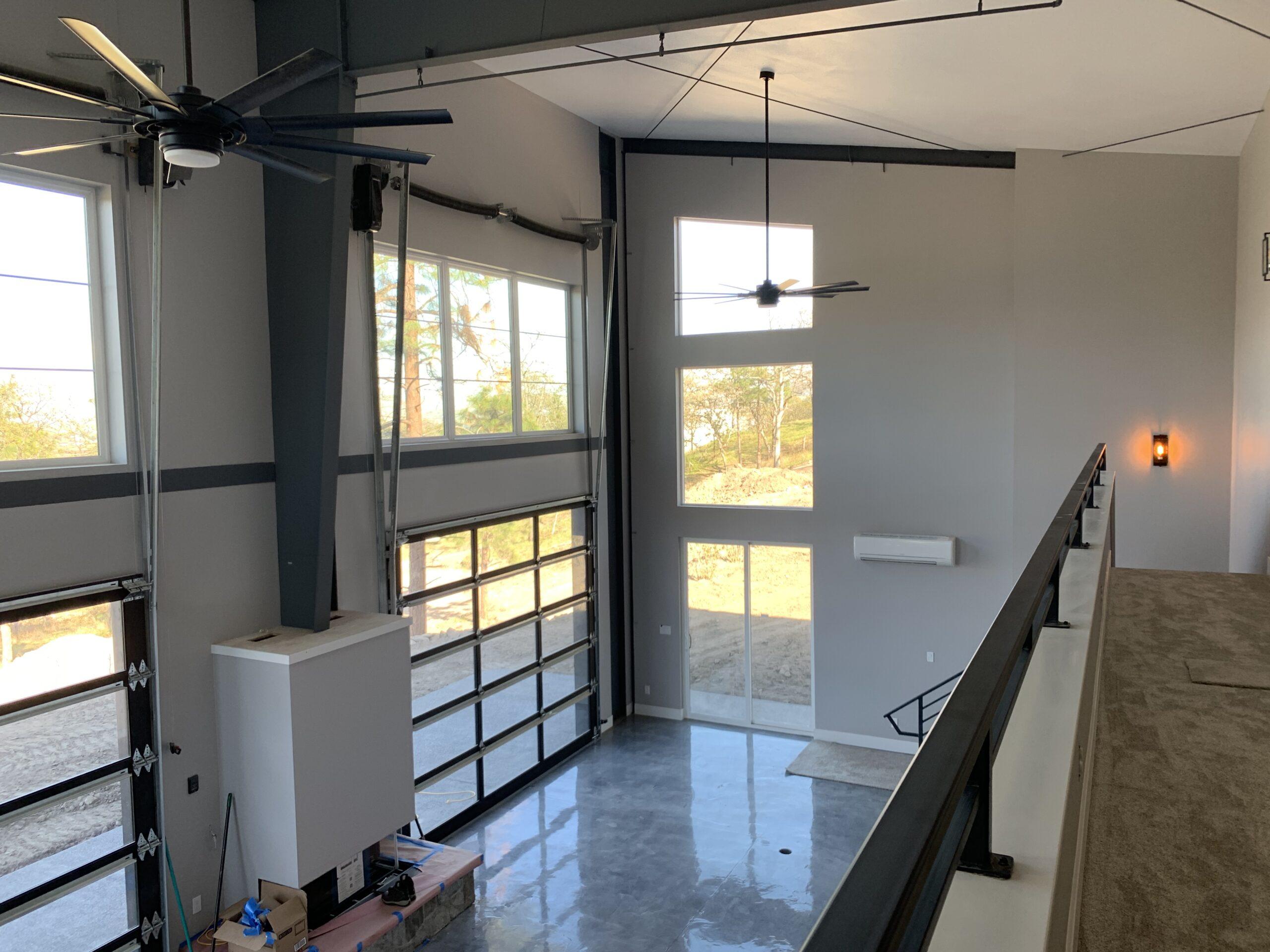Trusted Steel Buildings: Proven Solutions for Agricultural, Industrial, and Residential Requirements
Trusted Steel Buildings: Proven Solutions for Agricultural, Industrial, and Residential Requirements
Blog Article
Specialist Guide to Steel Structure Style: Taking Full Advantage Of Efficiency and Durability
Steel, with its outstanding strength, resilience, and versatility, has arised as a preferred choice for contemporary structure style. From maximizing layout factors to consider to carrying out cost-efficient building and construction techniques, the trip in the direction of making best use of efficiency and longevity in steel building layout is a multifaceted one, using a mix of functional difficulties and imaginative options that propel the sector ahead. steel buildings.
Advantages of Steel Structures
Steel structures offer unrivaled resilience and cost-effectiveness compared to typical construction products. The stamina of steel offers superb architectural stability, making it a preferred selection for buildings that need to endure rough climate condition or hefty lots. Steel is highly immune to parasites, mold and mildew, and fire, making certain a much longer life expectancy with minimal upkeep requirements. Furthermore, steel is a lasting product, as it is fully recyclable and can be repurposed at the end of its beneficial life.
In regards to cost-effectiveness, steel structures are often much more affordable than structures made from various other products. The reliable building and construction process of steel buildings can lead to minimized labor prices and much shorter task timelines. Steel's resilience likewise equates to decrease upkeep expenditures over time, as there is less requirement for substitutes or repair services contrasted to conventional building materials.
Layout Considerations for Performance
Given the benefits of steel buildings in terms of sturdiness and cost-effectiveness, it is crucial to concentrate on design factors to consider that make the most of effectiveness and durability. When developing a steel building for optimal efficiency, factors such as the alignment, insulation, and format have to be meticulously taken into consideration. Effective layouts can minimize product waste throughout construction and enhance the capability of the structure. Additionally, picking the ideal positioning can assist take full advantage of natural light direct exposure, minimizing the requirement for artificial lights and reducing energy expenses.

Furthermore, integrating energy-efficient systems, such as heating and cooling, lighting, and sustainable power resources, can even more enhance the efficiency of steel structures. By integrating these design factors to consider, steel structures can accomplish optimal performance and durability, providing economical and sustainable services for numerous building and construction jobs.
Structural Honesty and Durability

In addition, the choice of top quality steel and layers is important for long life. Corrosion-resistant finishings protect versus corrosion and degeneration, prolonging the life of the structure. Routine upkeep, consisting my website of examinations for signs of have a peek here wear or damages, is also important for identifying and addressing concerns before they jeopardize the building's integrity. By focusing on architectural stability in the layout stage and throughout the building's life expectancy, proprietors can ensure their steel frameworks remain risk-free, effective, and durable for many years to come.
Cost-Effective Construction Techniques
Reliable construction methods play a crucial function in taking care of expenses without compromising the quality and stability of steel building tasks. Furthermore, pre-engineered steel structures are known for their durability and need marginal maintenance, resulting in lasting price savings.
Another affordable technique is the design-build technique, where the design and building stages are incorporated. This approach promotes partnership in between the design and building and construction teams, streamlining the process and minimizing hold-ups and price overruns (steel buildings). By including all stakeholders from the beginning, possible concerns can be recognized and fixed early, saving both time and money
Furthermore, embracing lasting building and construction techniques, such as making use of recycled steel and integrating energy-efficient attributes, can cause considerable expense savings in the future. These practices not just decrease construction waste but additionally reduced functional expenses with improved power performance. To conclude, applying affordable construction methods is essential for optimizing performance and ensuring the longevity of steel building tasks.
Upkeep Tips for Longevity
Correct upkeep methods are critical for guaranteeing the long life and structural honesty of steel structures. Normal evaluations are important to identify any type of signs of rust, damage, or use that could compromise the structure's longevity. As part of a comprehensive upkeep strategy, it is necessary to quickly address any type of concerns that arise to prevent them from rising and triggering more extensive damages.

One more crucial upkeep pointer is to check the building's welds, fasteners, and connections to ensure they are secure and in great problem. Any kind of broken or loose parts should be fixed or replaced without delay to keep the architectural stability of the building. By implementing an aggressive upkeep regimen, steel building proprietors can maximize the long life and efficiency of next their frameworks.
Verdict
In verdict, steel buildings offer various benefits such as longevity, performance, and cost-effectiveness. By carefully taking into consideration layout facets, making sure structural integrity, and making use of economical building techniques, steel structures can be optimized for optimal efficiency and long life.
From optimizing design considerations to executing cost-effective building strategies, the journey towards making best use of efficiency and durability in steel structure layout is a multifaceted one, supplying a blend of practical challenges and innovative solutions that thrust the sector ahead.
Given the advantages of steel buildings in terms of resilience and cost-effectiveness, it is vital to focus on design considerations that make the most of performance and long life. When creating a steel structure for ideal performance, variables such as the insulation, layout, and positioning should be very carefully taken into consideration. In final thought, executing cost-effective construction techniques is important for making the most of efficiency and making certain the long life of steel building jobs.
By meticulously thinking about design facets, guaranteeing architectural integrity, and utilizing cost-effective building approaches, steel buildings can be enhanced for optimal efficiency and longevity.
Report this page